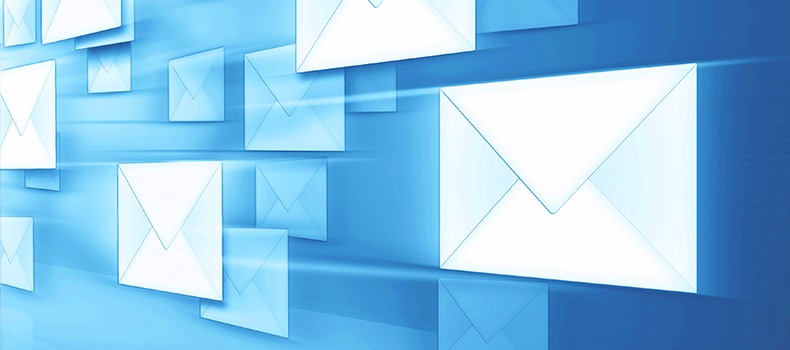Despite what you might have heard or read, the demise of direct mail is pure myth. This method of marketing experienced a decline in the past due to companies sending out mass mailers in a non-strategic way, resulting in low response rates.
But consider that by 2025, it’s estimated that 36.2 million Americans will be working remotely, an increase of 16.8 million people from pre-pandemic rates.
Using direct mail helps businesses reach customers in their home, where they spend more and more time. More than that, direct mail is a physical touchpoint that can make a strong impression when done well.
More than that, technology continues to evolve and direct mail along with it. With more tracking and analytics available to determine overall costs. Also, better targeting precision and improved message design strategies have contributed to stronger results in recent years.
If your business isn’t already relying on direct mail to increase sales, you could be missing out.
The following are key things you should know about the current state of direct mail, and strategies to help you achieve your own marketing objectives.
People Do Read Mail

In previous decades where non-targeted mass mailers were the norm, readership rates on direct mail campaigns were as low as 20 to 25 percent. Almost eight in 10 mail pieces were thrown out without being read.
But according to a study by the U.S. Postal Service (USPS), 53% of Americans read their mail today, while another 21% at least scan it.
Additionally, a Consumer Study found that 58% of millennials, 62% of Gen X, and 65% of the affluent segment (those with household income of $100K+) said they’d made a purchase in the past 30 days because of direct mail advertising.
In other words, over half of your recipients will see a direct mail message. And if it’s done well, they may even act on it.
Even more surprising, recent direct marketing studies revealed that nearly six in ten Americans enjoy getting personalized direct mail pieces from brands.
Fifty-six percent of respondents in one report said direct mail was the most trustworthy marketing format.
Targeting is Key
During the mass mailer era, studies showed typical response rates below 1%. You could send out 100 mailers and were lucky to get one person to take the desired action.
More recently, businesses have come to understand that different customers have different needs. This has led to a direct mail practice called segmenting.

Segmenting your customers means you’ve organized your audience into categories so that you can more easily target their unique traits, needs, and pain points. In doing so, you can better personalize your message and potentially build a stronger connection.
Customer segmentation has also been known to lead to lowered marketing costs as well as improved retention.
So, as companies have filtered out recipients with little to no potential to buy, they have improved efficiency.
The Digital Connection
A key driver of the direct mail demise myth is the rapid evolution of digital marketing and communication tools. However, consumers consistently report that direct mail is a much more personalized method of communication than email and other digital formats.
Many companies have figured out that connecting direct mail to digital campaigns optimizes message impact.
Combining it with a digital element can increase responses rates by 63%.

But how can you include a digital element in your next direct mail campaign? You can hook interest with a high-quality mail piece, and then drive readers to your website or landing page where you share more information and then close the deal.
Or consider using unique QR codes, a customized URL that links to a virtual tour, or even chips for smartphones to incorporate digital elements into direct mail.
How to Succeed
If you already have a mailing list, you might think all you need to do from here is send your direct mail piece.
But maintaining your list of contacts is a critical piece of the direct mail success puzzle.
Data enhancement will ensure that your direct mail piece will reach your intended recipients. Use this service to ensure your customer files contain accurate and deliverable mailing addresses or to quickly identify duplicates and remove any unwanted data from your lists.
There are multiple companies that can help you design unique direct mail pieces.
But there are few who can also help you create or refresh a data list with today’s most up-to-date information. And because direct mail success is so closely tied to data, partnering with a company like Salesgenie® who does both can save you time and money.
Conclusions
If you buy in to the mythical demise of direct mail, you may miss huge opportunities to connect with your targeted audience on a personal level.
Contact us to discuss your goals with direct mail and why the Salesgenie solution is the best fit to achieve them!






